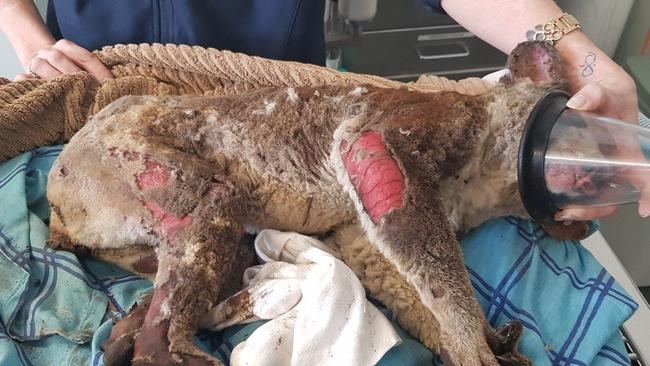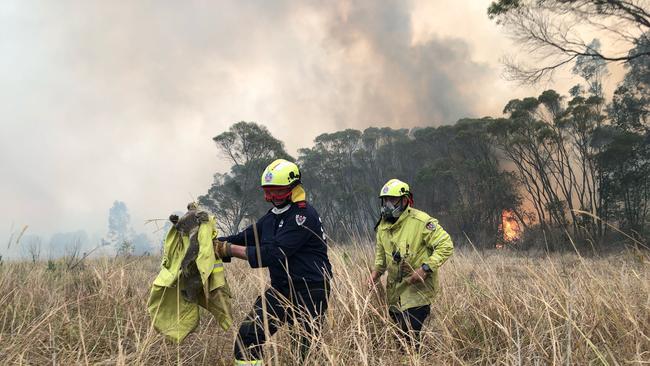ON THE BRINK: Coffs’ role in the survival of wild koalas
Inquiry hears Coffs could be at the heart of rehabilitation efforts in the wake of fires.

Coffs Harbour
Don't miss out on the headlines from Coffs Harbour. Followed categories will be added to My News.
AN inquiry into koala populations and habitat in NSW has heard the Coffs Harbour region is now home to some of the most significant remaining populations on the east coast.
The state parliament's upper house inquiry held an urgent hearing on Monday to discuss the extent of damage to the population from the recent bushfires.
Local man Mark Graham, who is also a Hotspots Ecologist with the Nature Conservation Council, appeared this morning before the inquiry via audiovisual link.
Thousands of hectares of koala habitat across northern NSW and southeast Queensland have been destroyed in the recent bushfires.
It's feared that more than 2000 koalas may have died and up to one third of koala habitat on the state's north coast may have been lost in the fires.
Mr Graham stressed the significance of the remaining forest habitat in the Bongil Bongil area.
"Decimation of the Port Macquarie coastal koala colony means the koala colony centred on Bongil Bongil National Park which stretches from the southern flanks of the Coffs Harbour Local Government Area to Bellingen now houses the largest remaining coastal koala colony," Mr Graham said.

Koalas are listed as vulnerable in Queensland, NSW and the ACT, largely as a result of habitat clearing. For years experts have warned they could become extinct by 2050 and now in the wake of the recent fire crisis the outlook is even more dire.
"This is by far the worst fire crisis that has ever been experienced and it's growing rapidly."
RELATED:
United Nations keeping an eye on our burning forests
Species under threat as fire bears down on pristine valleys
Air quality monitor installed in Coffs CBD
He criticised the NSW Forestry Corporation for conducting dangerous backburning to protect plantations and has called for a halt to all logging in the region.
"At this point there is such a moisture deficit that by adding fire to the landscape it's entirely uncontrollable. Anything that can burn will now burn so applying more fire to the landscape is just adding more energy.
"Quite frankly there appears to be very little control of their (Forestry Corporation) actions.
"We really are calling for a moratorium of all logging of koala habitat."
As the experts lined up to outline the koala's dire trajectory to extinction, there was one dissenting voice who claims there is actually an "eruption" of koala numbers in the region.
Listed as an 'ecological historian' on the hearing schedule Mr Vic Jurskis painted a different picture.
"If you can see koalas it means they are erupting. Normally you can't see them. A natural population for koalas is an invisible population," Mr Jurskis said.
"The reason koalas are increasing rapidly is because of an imbalance in natural vegetation."
Mr Jurskis referenced a quote from Coffs Harbour MP Gurmesh Singh in the lead up to the state election in March where he also questioned statistics.
"I think the scientific evidence shows otherwise, that the numbers (of koalas) are far higher than they have been in the past," he said on the campaign trail on March 19.
Greens MP Cate Faehrmann, chair of the inquiry, questioned Mr Jurskis' links to the forestry industry pointing out he is a member of the The Institute of Foresters of Australia (IFA).
The inquiry continued in the afternoon hearing from senior National Parks and Wildlife Service staff and from Dailan Pugh, the President of the North East Forest Alliance.
A report based on the findings is due out by June 15, 2020.


